Mustard Seed or Mustard Powder? A Funny & Flavorful Guide for Spices Lovers
Table of Contents
- Introduction: The Great Mustard Debate
- What Is Ground Mustard Seed?
- What Is Mustard Powder?
- Key Differences Between Ground Mustard Seed and Mustard Powder
- When to Use Each One
- Buying Guide: How to Choose the Right Mustard for You
- Fun Facts About Mustard
- Conclusion: Pick Your Mustard, Make It Happen!
Introduction: The Great Mustard Debate
Let’s face it—mustard is one of those spices that can make or break a dish. But here's the catch: you're not just choosing between yellow, Dijon, or honey mustard. No, no, no. You're choosing between ground mustard seed and mustard powder. Sounds simple enough, but trust us, it's a whole different ballgame.
So, which one should you use in your next recipe? And why does it even matter? Let’s dive into this spicy showdown with some humor, facts, and a few visual comparisons to help you make the right choice.
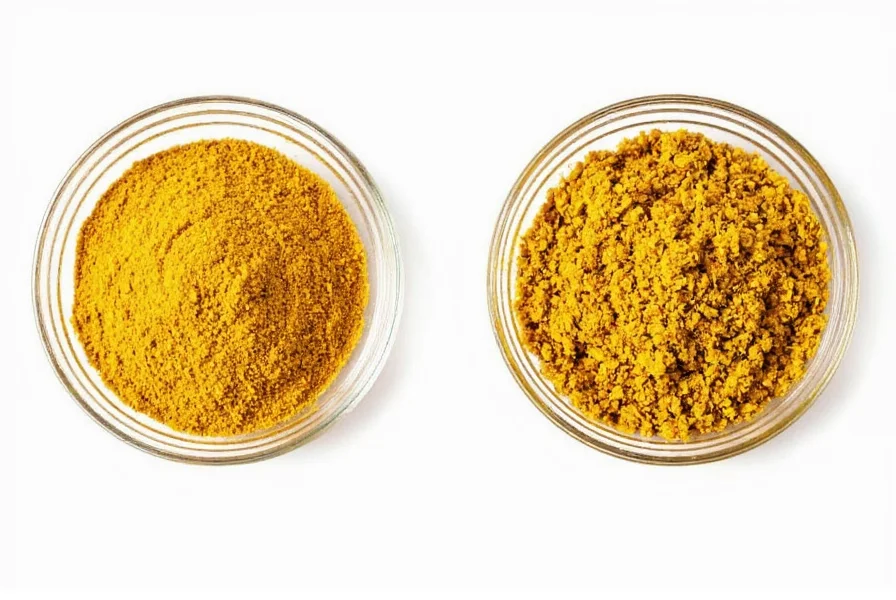
What Is Ground Mustard Seed?
Ground mustard seed is exactly what it sounds like: mustard seeds that have been ground into a fine powder. These tiny, aromatic seeds come from the Brassica nigra plant and are often used in Indian, Middle Eastern, and European cuisines. When ground, they release a strong, pungent aroma and a sharp, slightly bitter flavor.
Think of them as the original, unrefined version of mustard. They’re often used in curries, pickles, and spice blends. If you’ve ever tasted real Indian mustard, you’ve probably had ground mustard seed in action.
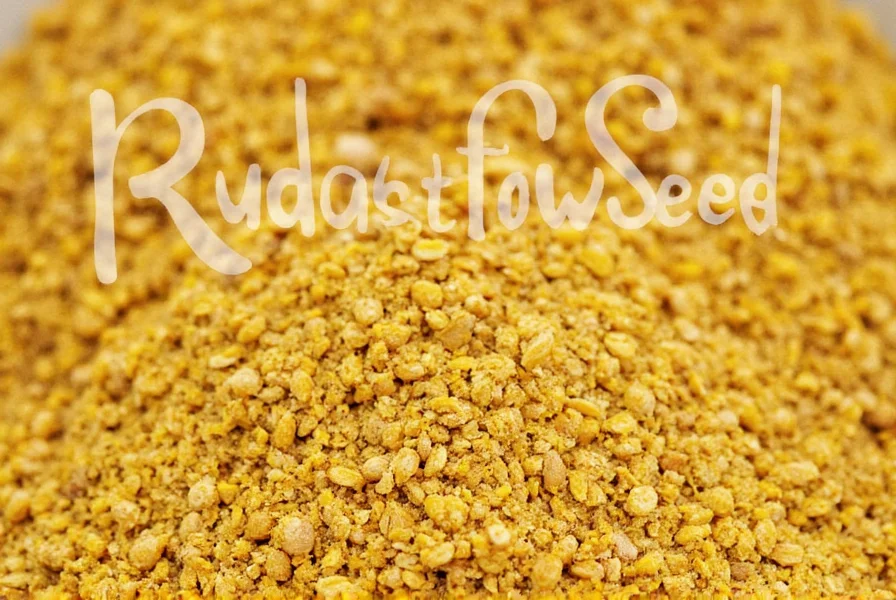
What Is Mustard Powder?
Mustard powder is similar to ground mustard seed, but it’s usually made by grinding the dried seeds of the Brassica juncea plant. It has a milder, more balanced flavor than ground mustard seed and is commonly found in Western recipes, especially in American-style mustards and sauces.
You might find mustard powder in your grocery store aisle next to other powders like paprika or cumin. It’s also a key ingredient in many commercial mustards, giving them that characteristic tangy kick without the bitterness of ground mustard seed.
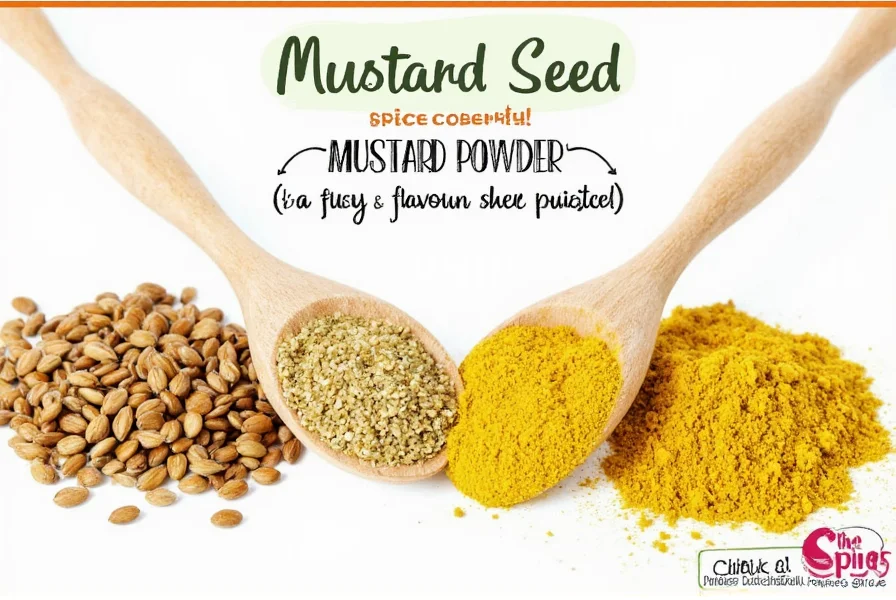
Key Differences Between Ground Mustard Seed and Mustard Powder
To help you understand the differences, let’s take a quick look at a comparison table:
| Feature | Ground Mustard Seed | Mustard Powder |
|---|---|---|
| Origin | Brassica nigra | Brassica juncea |
| Flavor Profile | Pungent, sharp, slightly bitter | Mild, tangy, balanced |
| Color | Dark brown or black | Light yellow or golden |
| Usage | Curries, pickles, spice blends | Sauces, dressings, marinades |
| Texture | Fine powder, sometimes slightly gritty | Very fine, smooth |
As you can see, the main differences lie in the source plant, flavor, and texture. So, if you want a bold, sharp kick, go for ground mustard seed. For a more refined, tangy flavor, go with mustard powder.
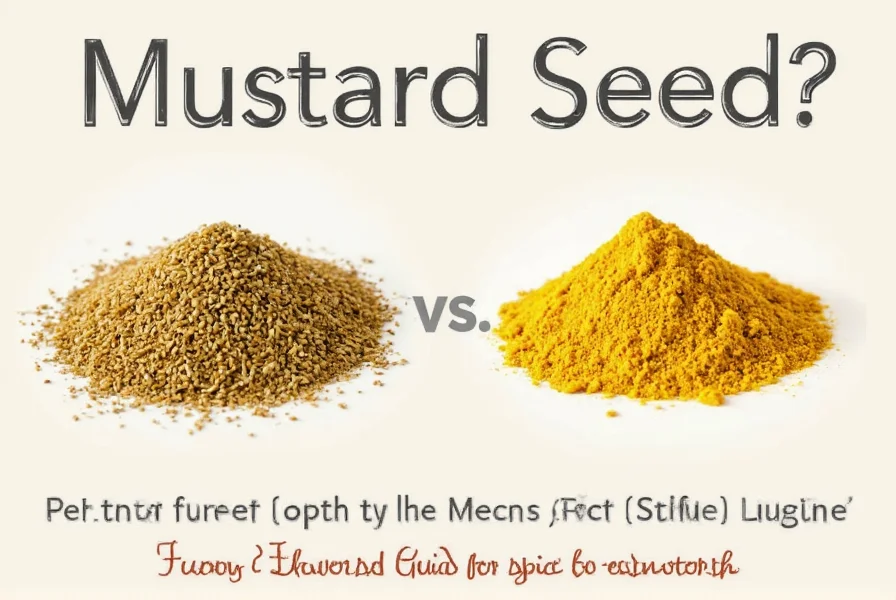
When to Use Each One
Now that you know the basics, let’s talk about when to use each one. Here’s a quick list of tips:
- Ground Mustard Seed: Ideal for traditional recipes like Indian curries, Moroccan tagines, and pickling. It adds depth and a sharp bite.
- Mustard Powder: Perfect for American-style dishes, such as barbecue sauces, mayonnaise, and salad dressings. It gives a smoother, tangier flavor.
If you’re making a homemade mustard, you can even mix both! Try adding a bit of ground mustard seed for heat and a dash of mustard powder for balance.
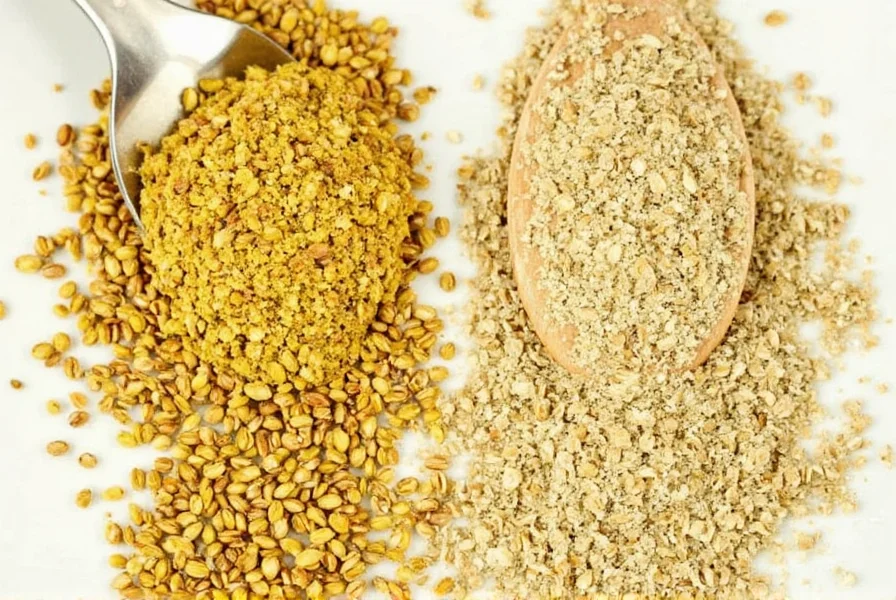
Buying Guide: How to Choose the Right Mustard for You
Now that you know the difference, let’s talk about how to choose the best product. Here’s a quick buying guide to help you out:
1. Whole Mustard Seeds (for grinding yourself)
If you like to grind your own, look for whole mustard seeds. They are often sold in bulk or in small glass jars. These are ideal for those who enjoy a hands-on cooking experience.
2. Ground Mustard Seed
This is the ready-to-use version. Look for brands like McCormick, Penzeys, or King Arthur Flour. They offer high-quality options with good flavor and shelf life.
3. Mustard Powder
For mustard powder, try French's, Del Monte, or Worcestershire Sauce (if you're looking for a more traditional option). These are great for everyday use and are widely available.
Here’s a short comparison of some popular products:
| Product | Features | Best For |
|---|---|---|
| McCormick Ground Mustard Seed | Strong flavor, long shelf life | Indian curries, spice blends |
| French's Mustard Powder | Mild, tangy, versatile | Salads, sauces, marinades |
| Penzeys Mustard Seeds | High quality, fresh grind | Homemade mustard, pickling |
Remember, the right mustard depends on your recipe and personal taste. Don’t be afraid to experiment!
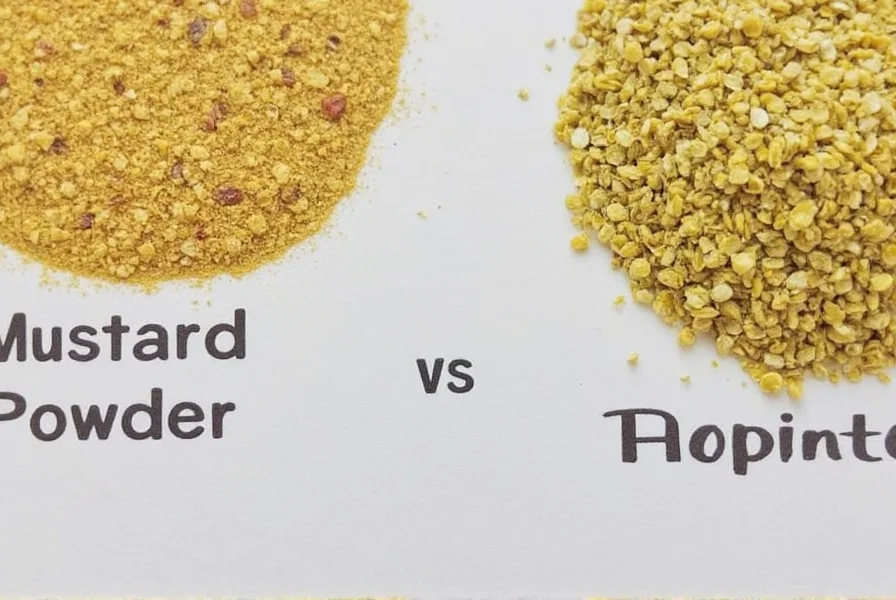
Fun Facts About Mustard
Did you know that mustard has a rich history? Here are a few fun facts to impress your friends:
- Mustard has been used for over 5,000 years, dating back to ancient Egypt and Greece.
- The word “mustard” comes from the Latin mustum ardens, meaning “burning wine.”
- There are over 40 types of mustard worldwide, including English, German, and Japanese varieties.
- Mustard is actually a type of oilseed, not a vegetable.
And here’s a fun fact about the difference between ground mustard seed and mustard powder: while both are made from mustard seeds, they come from different plants and have distinct flavor profiles. That’s why the phrase ground mustard seed vs mustard powder isn’t just a random comparison—it’s a flavorful distinction worth knowing.
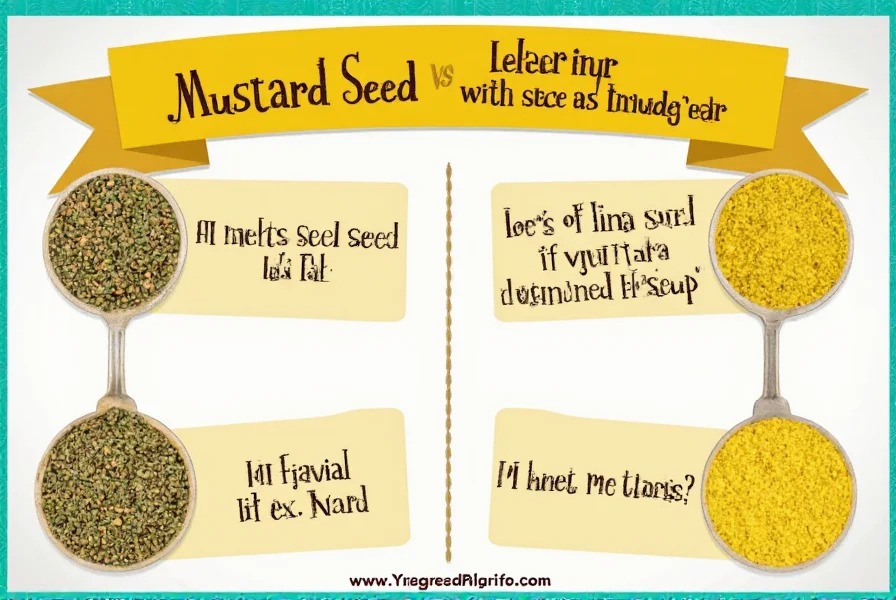
Conclusion: Pick Your Mustard, Make It Happen!
So, there you have it! Whether you’re a seasoned chef or a curious foodie, understanding the difference between ground mustard seed and mustard powder can elevate your cooking game. Just remember: ground mustard seed is bold and pungent, while mustard powder is mild and tangy. Each has its place in the kitchen, and the right choice depends on your recipe and taste preferences.
Next time you reach for that jar, take a moment to think: am I going for a spicy punch or a subtle tang? The answer will shape your dish—and maybe even your life.
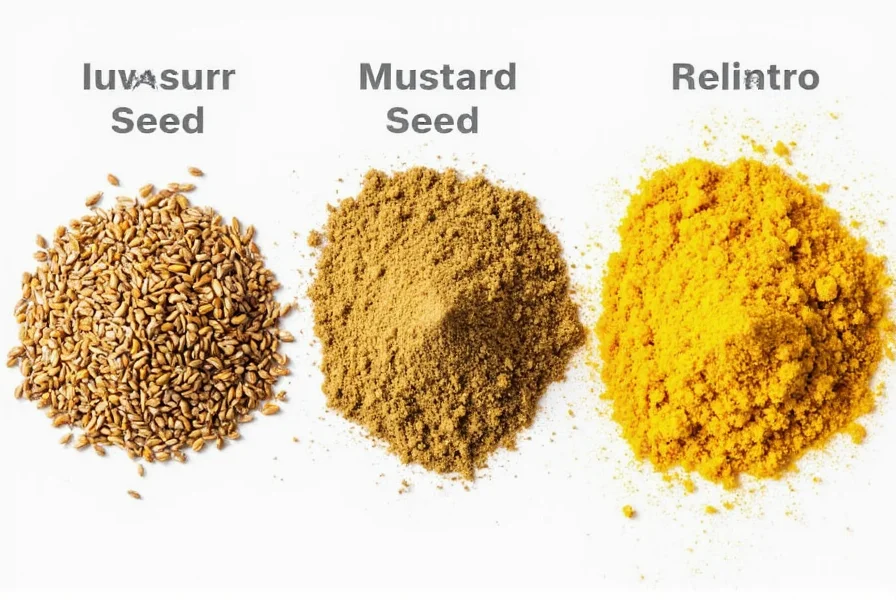

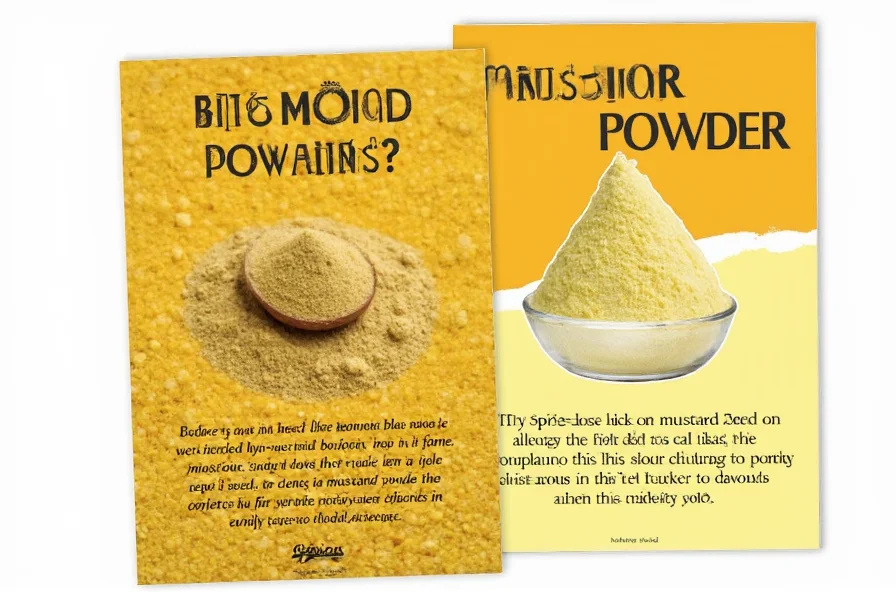









 浙公网安备
33010002000092号
浙公网安备
33010002000092号 浙B2-20120091-4
浙B2-20120091-4